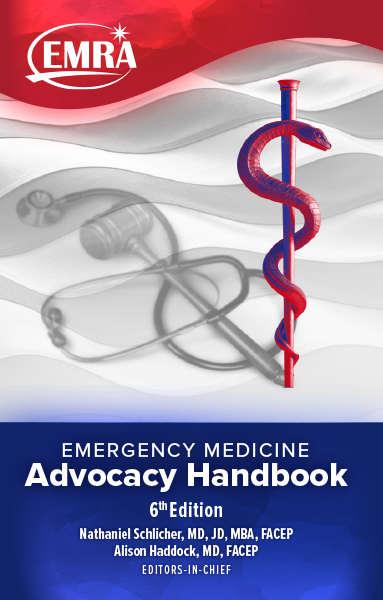Certain communities appear cut off from the nation’s best trauma care.
In the U.S., cohesive trauma systems began to coalesce in the 1960s, largely based on the triage, transport, and resuscitation concepts derived from WWII, the Korean War, and Vietnam War. Accidental Death and Disability: The Neglected Disease of Modern Society – published in 1966 – is often cited as the first call for government leadership and policies aimed at building comprehensive trauma systems. Subsequent policy measures led to car safety regulation, research dollars, trauma centers, and EMS systems. Public demand for equitable and effective care of trauma victims led to regional trauma systems with tiered levels of capabilities.
The quality of care, including mortality, improved – but costs soared. Between 1990 and 2005 the number of trauma centers shrunk by 30%, experts say, because of financial losses. As a consequence, roughly one-third of today’s population lives beyond one hour’s travel, by ground transport or helicopter, to a Level I or Level II trauma center.
A recent cross-sectional study examined disparities in access to trauma care. The authors found that uninsured status, Medicare and Medicaid eligibility, and rurality were associated with poor access to trauma care, whereas increased income was associated with timely access. These findings corroborate prior research demonstrating communities with higher percentages of uninsured persons, people living in poverty, and rural areas – and additionally communities with higher proportions of African Americans – have experienced diminishing access to trauma care because of hospital closure.
Today, improved payer mix may be driving a surge in trauma center openings. Data from the 2015 National Data Trauma Bank report verifies that the percentage of Medicare payments at trauma centers has nearly doubled while the percentage of self-paying patients has halved since 2005. More than 117 Level I and II trauma centers have been opened since 2012. Regardless, the study suggests a persistent or even worsening imbalance of equitable access to the most effective trauma care.
Left unregulated, trauma centers compete for lucrative patient pools, leaving vulnerable populations even more disadvantaged. Additionally, destabilized insurance markets will lead to trauma center closures wherever profits wane. Policy makers must protect vulnerable populations that are at risk of losing trauma care by promoting legislation that protects rural trauma centers and providing incentives that promote equity in trauma coverage.
ARTICLE: Carr BG, Bowman AJ, Wolff CS, et al. Disparities in access to trauma care in the United States: a population-based analysis. Injury. 2017;48(2):332-338.
BACKGROUND: Injury is a major contributor to mortality in the United States. Accordingly, expanding access to trauma care is a Healthy People priority. The extent to which disparities in access to trauma care exist in the U.S. is unknown. Our objective was to describe geographic, demographic, and socioeconomic disparities in access to trauma care in the United States.
METHODS: Cross-sectional study of the U.S. population in 2010 using small units of geographic analysis and validated estimates of population access to a Level I or II trauma center within 60minutes via ambulance or helicopter. We examined the association between geographic, demographic, and socioeconomic factors and trauma center access, with subgroup analyses of urban-rural disparities.
RESULTS: Of the 309 million people in the U.S. in 2010, 29.7 million lacked access to trauma care. Across the country, areas with higher income were significantly more likely to have access (OR 1.30, 95% CI 1.12-1.50), as were major cities (OR 2.13, 95% CI 1.25-3.62) and suburbs (OR 1.27, 95% CI 1.02-1.57). Areas with higher rates of uninsured (OR 0.09, 95% CI 0.07-0.11) and Medicaid or Medicare eligible patients (OR 0.69, 95% CI 0.59-0.82) were less likely to have access. Areas with higher proportions of blacks and non-whites were more likely to have access (OR 1.37, 95% CI 1.19-1.58), as were areas with higher proportions of Hispanics and foreign-born persons (OR 1.51, 95% CI 1.13-2.01). Overall, rurality was associated with significantly lower access to trauma care (OR 0.20, 95% CI 0.18-0.23).
CONCLUSION: While the majority of the United States has access to trauma care within an hour, almost 30 million U.S. residents do not. Significant disparities in access were evident for vulnerable populations defined by insurance status, income, and rurality.
PMID: 28376563
EMRA + PolicyRx Health Policy Journal Club: A collaboration between Policy Prescriptions and EMRA
 As emergency physicians, we care for all members of society, and as such have a unique vantage point on the state of health care. What we find frustrating in our EDs – such as inadequate social services, the dearth of primary care providers, and the lack of mental health services – are universal problems.
As emergency physicians, we care for all members of society, and as such have a unique vantage point on the state of health care. What we find frustrating in our EDs – such as inadequate social services, the dearth of primary care providers, and the lack of mental health services – are universal problems.
As EM residents and fellows, we learn the management of myocardial infarctions and traumas, and how to intubate, but we are not taught how health policy affects all aspects of our experience in the ED. Furthermore, given our unique position in the health care system, we have an incredible opportunity to advocate for our patients, for society, and for physicians. Yet, with so many competing interests vying for our conference education time, advocacy is often not included in the curricula.
This is the gap this initiative aims to fill. Each month, you will see a review of a new health policy article and how it is applicable to emergency physicians.





